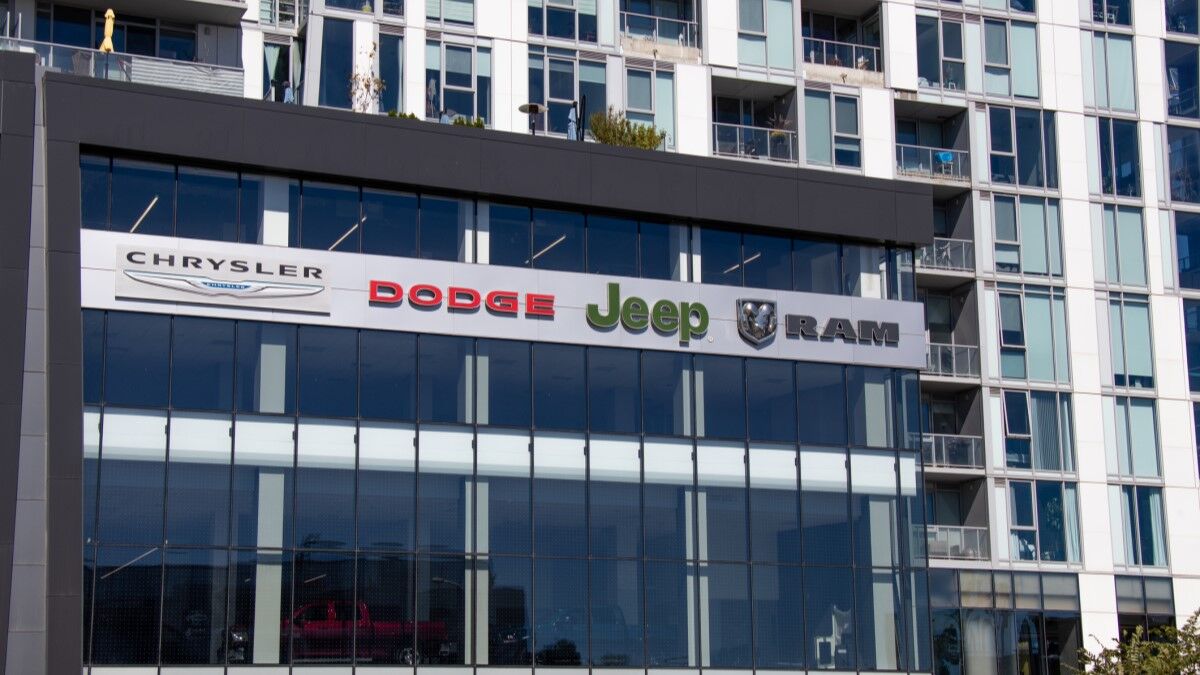Automakers posted strong quarterly sales results this week, even as they deal with shuttered factories in the face of a worldwide shortage of microchips. They are learning a lesson from the experience that may not be good for car shoppers.
Among them: It’s better not to build so many cars, so you can charge more for the ones you do build.
Lower Inventories = Higher Sales Prices
“We’ll never go back to the level of inventories that we held pre-pandemic because we’ve learned we can be much more efficient,” GM CEO Mary Barra told reporters on a conference call this week. According to Chief Financial Officer Paul Jacobson, internal GM data showed that average vehicle transaction prices grew 9% overall, including 10% for pickups and over 20% for large SUVs.
“It’s better for the car company. It’s better for the dealer,” Barra concluded. Notably, she left out the shopper.
According to Cox Automotive (Kelley Blue Book’s parent company), “Inventory levels were down approximately 25% year over year at the start of April,” and have fallen lower since.
Automakers had begun reducing their inventory before the shortage. But semiconductor supply issues have forced inventories to new lows. Some executives are beginning to admit that it has its advantages.
“We are not pushing like mad for volumes, and that has a healthy impact,” Daimler finance chief Harald Wilhelm said on an earnings call in late April. He praised the industry as a whole for “not dumping” vehicles into the market.
Fewer Cars = Fewer Discounts
Higher inventories forced automakers to offer discounts in order to sell cars. Lower inventories mean that practice is fading. Through the first quarter of 2021, incentives spending has been tracking at 9.6% of ATP, the first time the measure has been below 10% since 2016, according to Cox Automotive. Only two brands – Infiniti and Mitsubishi – increased incentives in the first three months of the year.
Dealers, too, find positives in lower inventories. Mike Jackson is CEO of AutoNation, America’s largest dealership chain. He recently told NBC News that keeping large inventories “has been ruinous” for the dealership industry. Dealers rarely own the cars on their lots. They’re making payments on every car they are trying to sell. Thus, lower inventories also save them money.
Production Could Slip Too Low for Automakers
The microchip shortage has helped profit in the short term. But it could force production levels lower than automakers would want them. Ford, for instance, posted a net income of over $3 billion in the first quarter despite slashing production by 17%. But the company has warned that it could cut production by 50% or more as the shortage drags on.
That sort of reduction is probably not a sustainable strategy. But, in light of Barra’s “we’ll never go back” comments, it’s clear that some automakers are content to make more money by building fewer cars.
If production never returns to its prior levels, higher prices may be here to stay. However, that strategy will work only as long as all makers are affected by shortages or go along with reducing output to bolster margins. Time will tell.








